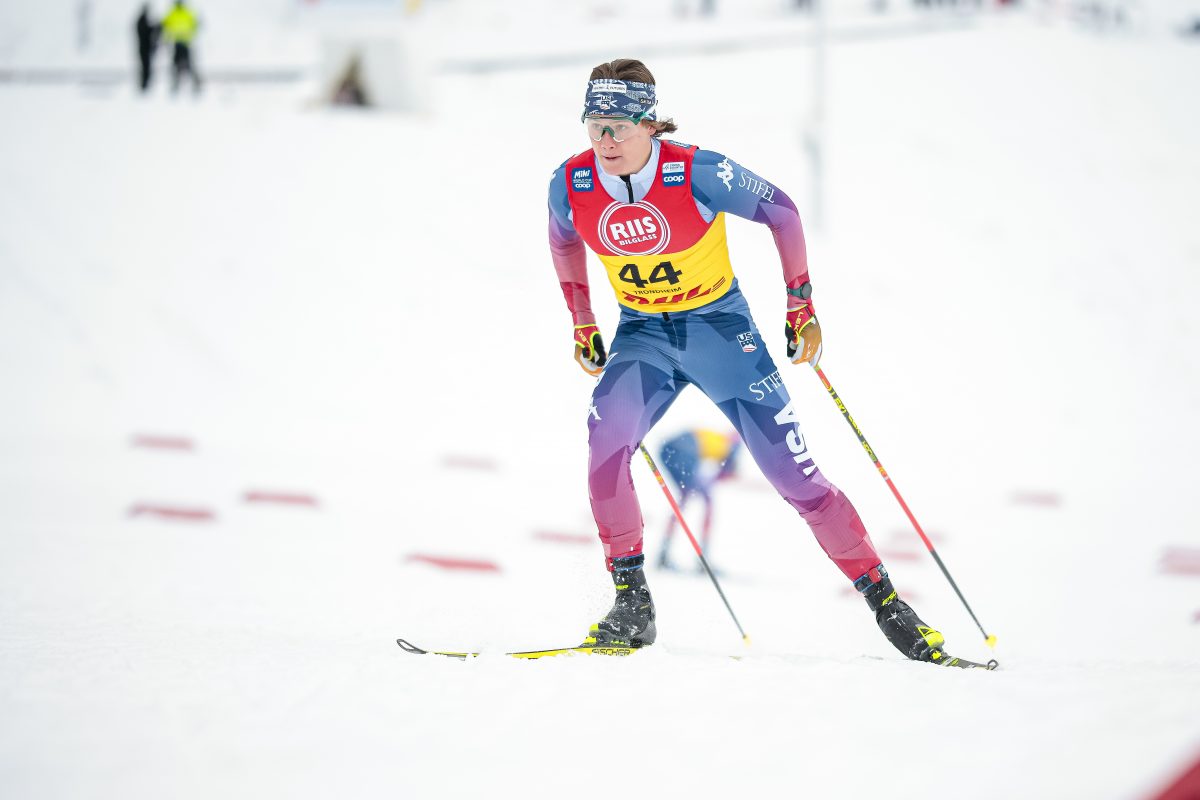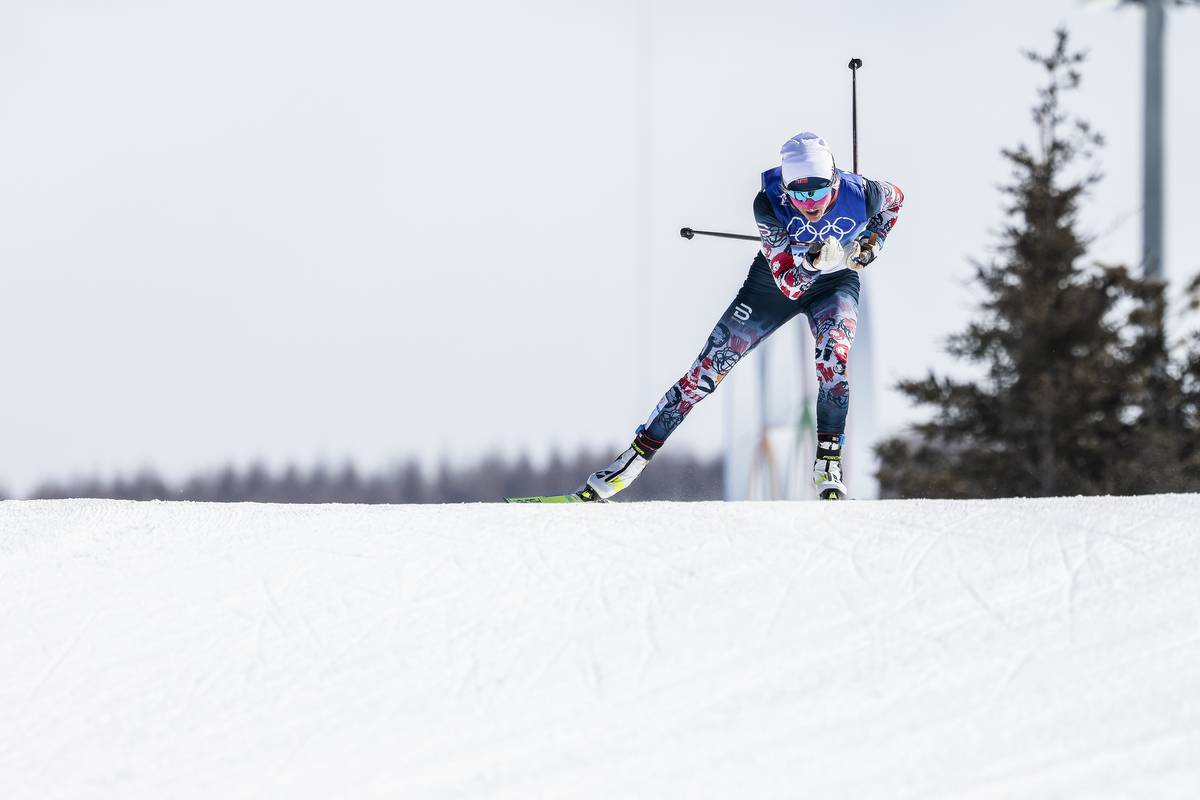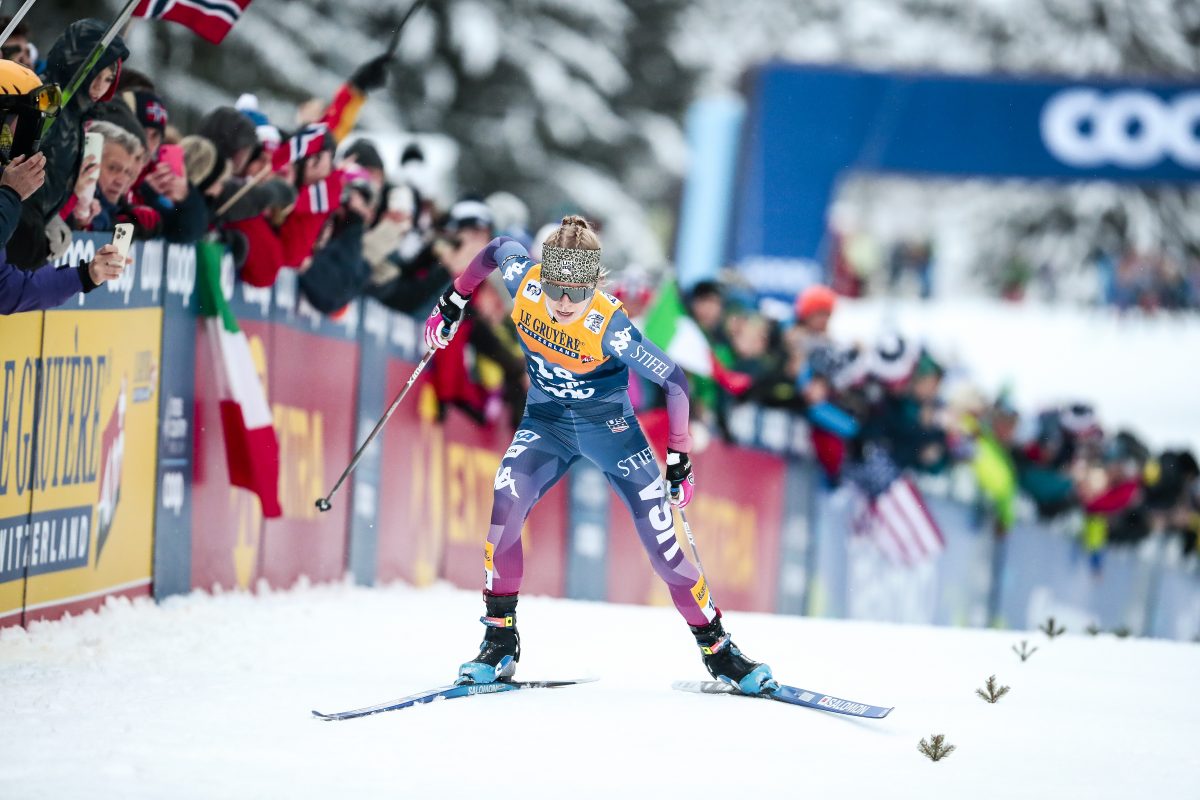During the races at Beitostœlen, the Ski Foundation and the Institute of Sport Science collected wide-ranging data. The coordinator for the ski foundation and former U.S. national team coach, Vidar Lœfshus, explained the background.
Significant Differences
“Nordic skiing is a sport of margins and we are interested in finding areas where we can improve. We filmed technique and tactics in different types of terrain. The results are not ready, but there are significant differences between skiers,†explained Lœfshus to langrenn.com.
The measurements were taken in different places in the loop. Downhills, corners, uphills, and flat portions have all been analyzed for the best tactic and technique. Lœfshus continued by saying that, “we also wish to discover what our competitors are doing better than us. Foremost we are interested in technique and what is the optimal technique for a given type of terrain.â€
Vidar Jakobsen, the chief engineer, who has a background in biomechanics, explained some of the methodology:
“We have defined portions and phases of the race in order to determine how effective racers are. We divided the loop into portions, which allows us to compare technique and make a judgment about what is efficient.â€
Could Produce Gold Medals
The leader for the project at the Sport Science Institute, Vidar Jacobsen, could already point out major differences; in one tight corner after a long and steep downhill hill many competitors lost as much as three seconds as the result of ineffective technique.
“We have made a lot of interesting observations. For instance, we have shown that even between the best racers there is often a several second difference in performance in corners and short flat sections, like those at the top of an uphill,†says Vidar Jakobsen.
“Some racers stood upright in the corner, while others skied on the outside. These differences were significant and can account for several seconds. While it’s not obvious that we will make any major discoveries, we need to be aware of these differences,†explains Lœfshus.
The results are currently being worked on.
“We believe that the little details can contribute to gold medals in the future. It is important to pay attention to the minor differences that might be decisive,†concludes Lœfshus to langrenn.com.
Jakobsen has found differences of up to 25% in certain 15 second portions:
“Those kinds of differences decide the race. We see big differences between those that distribute the effort consistently throughout the race, as opposed to those that go out hard and end up losing time in a few segments. While it’s true that the best racers are arriving at the finish in about the same amount of time, this type of investigation allows us to determine where we need to improve.â€
Source: www.Langrenn.com




